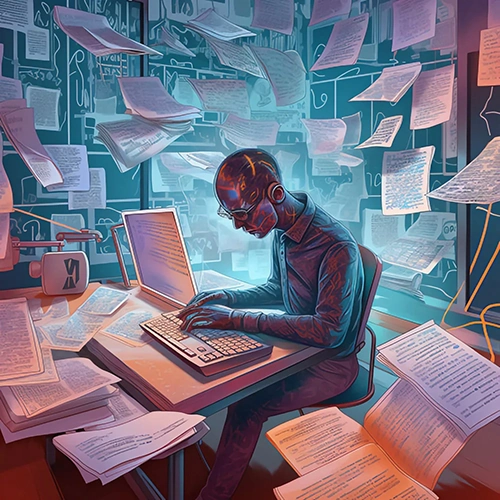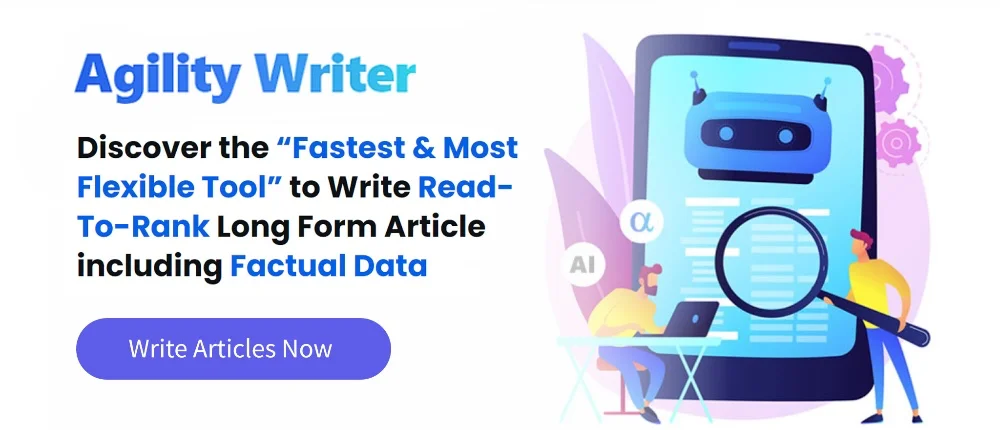The rise of Chat GPT, OpenAI’s powerful AI language model, has sparked an intriguing debate: does it contribute to plagiarism?
The line between AI-generated content and plagiarism can be blurry in today’s digital landscape. Let’s delve into this complex issue and explore how to ensure originality using cutting-edge AI tools like Chat GPT.
Key Takeaways
- Chat GPT, an AI language model by OpenAI, generally does not plagiarize but has the potential to unintentionally produce similar content to existing sources.
- Ensuring originality in AI-generated content requires proper user input, model training, and constant interaction with the AI tool.
- To avoid unintentional plagiarism, users should review and edit AI-generated content, use a reliable plagiarism checker, and cite the AI tool when applicable.
- The line between AI-generated and human-generated content can be blurry, so users should be aware of ethical implications when using AI tools like Chat GPT.
- Several plagiarism checkers can help detect AI-generated content, such as CopyScape, Originality.ai, OpenAI Text Classifier, and Grammarly.
Does Chat GPT Plagiarize?
It’s uncommon for Chat GPT to copy existing text. Most of the time Chat GPT does not plagiarize.
The company that built Chat GPT, OpenAI, takes measures to minimize plagiarism in their AI-generated content. Chat GPT is most often subject to plagiarism when users intentionally submit input with the intention of receiving a highly similar output.
That being said, using Chat GPT without awareness or caution may lead to inadvertent plagiarism issues. Since Chat GPT is trained on a vast dataset comprising countless sources, it does possess the potential for unintentional plagiarism.
For instance, if you use ChatGPT-generated content for commercial purposes or academic work without thoroughly checking for originality, especially when discussing widely covered topics, you risk receiving similar phrasings found elsewhere online.
While Chat GPT might not directly plagiarize in most cases, it’s crucial for users to remain vigilant about maintaining ethical standards when utilizing AI-generated content.
The Nature Of AI-generated Content
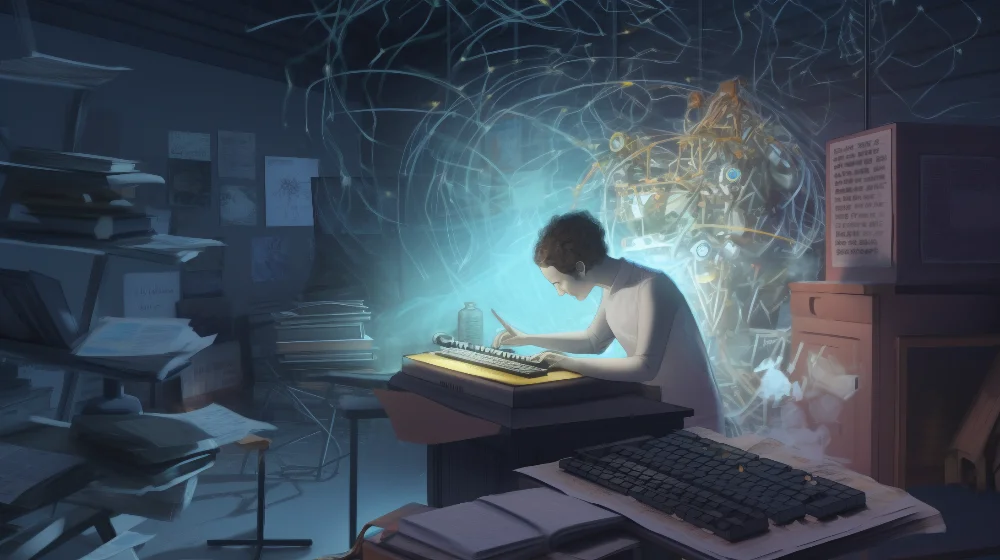
Chat GPT, powered by OpenAI’s advanced language model, relies on extensive datasets containing vast amounts of online text from various sources to develop human-like writing capabilities.
AI-generated content can accurately produce context-relevant responses based on user input. The ability of these models to grasp complex ideas and generate coherent text comes from rigorous training on diverse data samples.
For instance, if a user asks Chat GPT about recycling benefits, the tool may construct an articulate response using information gleaned from multiple sources during its training phase. This mosaic-like approach to knowledge synthesis means there’s always a risk that some fragments may resemble existing texts or even unintentionally mimic copyrighted material.
In many cases, however, the output generated by Chat GPT exhibits creativity and originality – qualities usually attributed to human authors rather than machines.
Chat GPT’s Limitations And Potential For Plagiarism
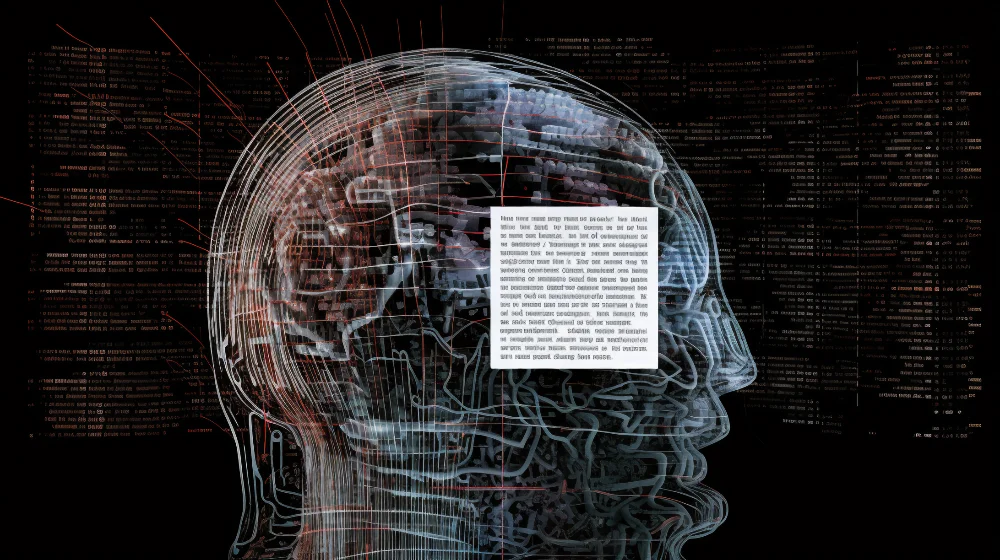
As advanced as Chat GPT may be, it is not immune to limitations that could lead to potential plagiarism issues. The AI language model generates content by analyzing massive amounts of data from various sources and predicting the most likely response based on user input. However, this process can sometimes produce text that closely resembles or even mirrors phrases found within its training dataset. Consequently, users might unwittingly end up with AI-generated content that infringes upon existing copyrights.
One contributing factor to this issue is the nature of Chat GPT’s functionality itself – being a powerful tool designed for human-like conversation and text generation, it thrives in delivering engaging outputs based on patterns and information gathered during its training phase. In some cases, these outputs may appear strikingly similar to previously written materials available online or in print – thus raising questions about their authenticity and originality. It’s important for users to understand these limitations when employing Chat GPT for professional writing tasks, taking extra caution to review and modify any generated output as necessary.
The Importance Of User Input And AI Training
To ensure that Chat GPT-generated content is plagiarism-free, training the AI model properly and providing adequate user input is crucial. The success of AI language models relies heavily on the quality and amount of data they’re trained on. As such, providing diverse and relevant training data for Chat GPT to produce original content is essential.
Additionally, users must interact with Chat GPT in a conversational manner, providing it with specific prompts and feedback to improve its responses continually. By doing so, users can help refine the model over time and ensure that its output meets their expectations.
Ultimately, while AI-generated content may have significant benefits in terms of speed and efficiency, ensuring its originality requires ongoing user input and adequate training data. By taking these steps seriously when using Chat GPT or other similar tools, writers can minimize the risk of unintentional plagiarism while leveraging the technology’s many advantages.
Comparing AI-generated Content To Human-generated Content
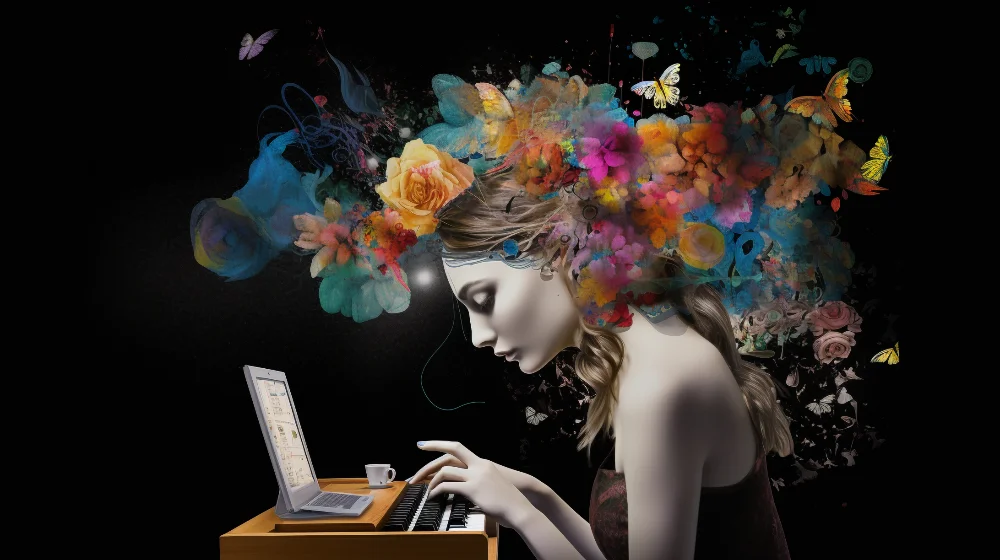
AI-generated content and human-generated content have some similarities but also key differences. AI language models like Chat GPT can produce text that closely mimics human writing, but they lack the creativity and originality of a human writer. AI-written text is often more formulaic, with predictable sentence structure and vocabulary patterns.
On the other hand, AI language models excel at tasks that require large amounts of data processing, such as summarizing information or generating reports on specific topics. This makes them useful tools for researchers or analysts who need to quickly sift through vast amounts of data.
However, it’s important to note that using an AI language model like Chat GPT does come with risks. While the output may technically be plagiarism-free, there is still a risk of unintentional plagiarism if the user doesn’t carefully review and edit their work before submitting it.
The Gray Areas Of AI And Plagiarism
There are some gray areas when it comes to AI-generated content and plagiarism. While the output generated by Chat GPT may not be intentionally plagiarized, there is still potential for unintentional plagiarism when using this tool. For example, if a user inputs text that was originally written by someone else, Chat GPT may generate similar phrasing or wording in its response without realizing it.
Moreover, since AI language models like Chat GPT learn from large data sets and can replicate human-like writing styles and patterns, it can be difficult to determine whether or not an AI-generated text is original or a copy-paste job. This makes detecting potential instances of AI plagiarism even more challenging.
To ensure originality with Chat GPT and prevent unintentional plagiarism, users should take extra care to input their ideas and thoughts into the tool rather than relying solely on AI-generated responses. Additionally, users should always understand the ethical implications of using such tools.
How to Use Chat GPT Responsibly
To prevent unintentional plagiarism when using Chat GPT, you should consider the following steps:
- Review and edit: Always carefully review and edit any text generated by Chat GPT before submitting it as your own work. This helps ensure your work is unique and free from borrowed or duplicated content.
- Use a plagiarism checker: Employ a reliable plagiarism checker designed specifically to detect AI-generated content, such as Writefull’s free plagiarism checker. This extra layer of scrutiny can help you avoid accusations of plagiarism.
- Cite your sources: If you choose to include AI-generated content in your academic work, be sure to cite the tool or model used, just as you would with any other source. This practice demonstrates transparency and adherence to academic integrity standards.
What Is The Best Plagiarism Checker?
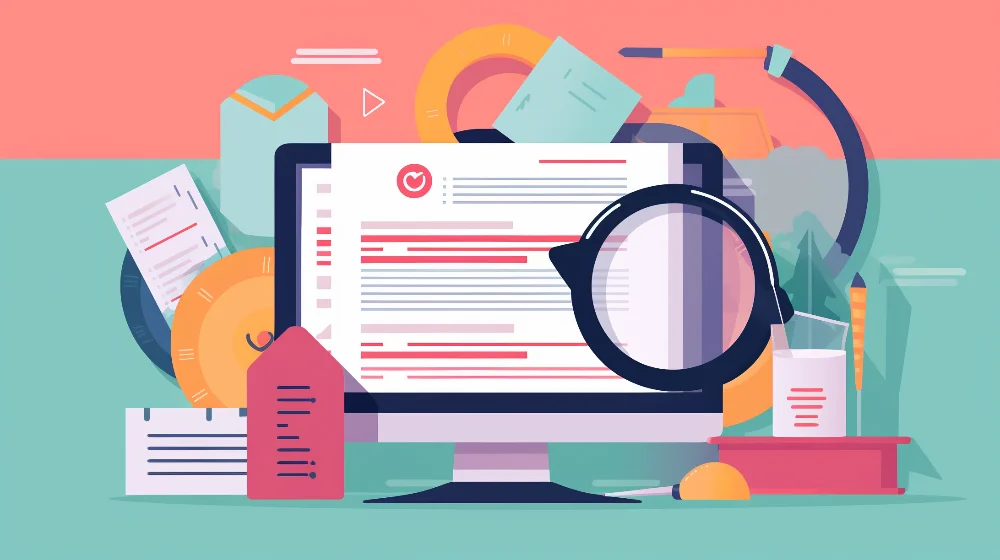
Here are some of the top plagiarism checkers for Chat GPT and other AI generated content:
- CopyScape – CopyScape scans web pages to identify copied content online, showing detailed information on the word count and percentage of copied content. It’s currently free to use but may introduce a paywall in the future.
- Originality.ai – Originality.AI is a plagiarism checker and AI detector tool that helps users check the originality of their content and detect any plagiarism or AI-generated content. It offers a simple pricing and renewal structure, team management, full site scan, API for AI detection, and a Chrome extension to prove originality.
- OpenAI Text Classifier – The OpenAI Text Classifier is a GPT-based AI plagiarism checker designed to predict the likelihood of a text being written by a human or an AI. While not fully reliable yet, it works well on various text types and is free to use with a minimum text input of 1,000 characters.
- Corrector App AI Content Detector – Corrector App’s AI content detector supports all GPT models and uses contextual cues to identify similarities. It has a 300-word input limit and provides a “Fake %” meter to indicate the likelihood of AI-generated content.
- Crossplag AI Content Detector – Crossplag focuses on detecting AI-written text in student assignments and is trained on a RoBERTa model with the OpenAI dataset. It can handle up to 1,000 words at a time and plans to expand its offerings to institutions in the future.
- Writer AI Content Detector – Writer AI Content Detector detects plagiarized content with a simple interface but is limited to 1,500 characters per analysis. It provides a percentage meter to gauge plagiarism levels and requires contacting the company for large-scale detection.
- Plagibot – Plagibot is a user-friendly AI plagiarism checker that supports various document types. It has an up-to-date database but is not free to use beyond a 2,000-word limit per month.
- Grammarly – Grammarly, primarily known for grammar checking, also checks for plagiarism using a combination of AI technologies. However, detailed plagiarism statistics are locked behind a paywall, requiring a premium subscription for full functionality.
- Copyleaks AI Content Detector – Copyleaks AI Content Detector boasts 99.12% accuracy in detecting AI-generated content, supports multiple languages, and utilizes AI to counter AI-generated text. It’s fast, accurate, and has a free Chrome extension, making it convenient and accessible for various use cases.
FAQs About Chat GPT And Plagiarism
Some frequently asked questions about Chat GPT and plagiarism include whether or not it can plagiarize, if it is safe to use for essays, whether commercial use of ChatGPT requires payment, and if universities can detect its usage.
Does Chat GPT Plagiarize?
Chat GPT is an AI language model that generates text that mimics human writing. It’s a tool that many people are looking to use, but some may be worried about plagiarism issues. So does Chat GPT plagiarize? While the output generated by Chat GPT has not been flagged by conventional plagiarism detectors, chatbots like this can produce text similar to existing sources unintentionally.
However, OpenAI, the creators of Chat GPT, have taken steps to prevent such instances and ensure originality in its output. As with any tool or software, users must exercise caution and understand the ethical implications of using AI language models like Chat GPT. Still, it’s always important to double-check your work using reliable plagiarism checkers when utilizing such tools for schoolwork or other tasks.
Overall, while there is always potential for unintended similarities between text generated by chatbots and existing sources – so far as we can see from current studies – there hasn’t been any major concerns raised yet regarding plagiarism issues with outputs derived from using ChatGpt at scale.
Is It Safe To Use ChatGPT For Essays?
While Chat GPT can produce high-quality content, it’s important to understand the potential risks of using AI language models like Chat GPT for writing essays. One potential issue is unintentional plagiarism – while Chat GPT may not plagiarize outright, there is a risk that the output could be too similar to existing content and trigger plagiarism checkers.
To ensure originality when using ChatGPT for essays, it’s essential to carefully review and edit any text generated by the tool before submitting it as your own work. Using a reputable plagiarism checker is also recommended to verify that your essay is unique and does not contain any borrowed or duplicated content. Ultimately, with proper caution and attention to ethical use, ChatGPT can be a useful research tool for generating ideas and drafting outlines for school work.
Can Universities Detect Chat GPT?
Universities can detect Chat GPT-generated text using various plagiarism detection tools mentioned in this article.
It is important for students and researchers to be careful when using Chat GPT or other AI language models, as they may unintentionally produce work that could be considered plagiarized if not properly cited or attributed. By being aware of these potential pitfalls and taking preventive measures, users can safely incorporate the benefits offered by Chat GPT into their academic endeavors without risking accusations of plagiarism.
Staying Original and Avoiding Plagiarism Pitfalls
Chat GPT doesn’t usually plagiarize, but it can sometimes. Even though OpenAI tries to keep plagiarism in check, you’ve got to be careful when using AI-generated content for things like school, work, or anything else.
To ensure your work is original, just chat with Chat GPT, give it clear input, and keep tweaking the model.
Don’t forget to run your AI-generated content through one of the plagiarism checkers mentioned in the article. By sticking to these good practices and keeping it ethical, you can enjoy all the perks of Chat GPT without getting into any trouble with plagiarism or stepping on anyone’s intellectual property rights.

